Gallery I (Philippine Biodiversity), the introductory gallery of the National Museum of Natural History, introduces the various dynamics that shaped, and is still shaping, our biological diversity. It highlights the amazing diversity (more than 52,000 described species) of both flora and fauna of the country, both through replicas and petrified, and dioramas.
Check out “National Museum of Natural History“
The gallery wishes to convey three biological principles that tell the story of why and how the Philippines is a Megadiverse yet also a Biologically Hotspot country. A Megadiverse country is a country with very rich biodiversity per unit area while a “Biological Hotspot” is a term used to indicate that a country or locality is under tremendous threat from human activities.
The three principles that it wants to communicate answers the questions of “Why the Philippines is home to an immense diversity in number and variety of organisms yet also has the most threat to them;” why we have elevated genetic variety across our species diversity” and “why geologic forces have played a major role in the diversity of our fauna and flora.”
On display here are the taxidermied skins of Lolong (caught in 2011 in Bunawan, Agusan del Sur, it was the world’s largest saltwater crocodile, at 6.17 m., in captivity until its death on February 10, 2013) and the critically endangered Philippine Eagle (Pithecophaga jefferyi), the country’s national bird.
Check out “The Sad Tale of Lolong” and “Ayala Reception Hall”
There are also taxidermied skins of nocturnal raptors (Luzon Scops Owl, Philippine Scops Owl, etc.), hornbills; forest rats, pigeons; doves; marine species (turtles, etc.) and diverse wild vertebrates of the Philippines.
Also on display are a collection of shells by the seashore and deep blue sea; insects; moths and animal skulls (notably that of a tamaraw) as well as specimen samples of rattan; endemic plant genera in the Philippines; Philippine rafflesia and Venus flower basket.
Gallery I (Philippine Biodiversity): Sunlife Philippines Exhibition Hall, 5/F, National Museum of Natural History, Agrifina Circle in Rizal Park, T.M. Kalaw Street, corner General Luna Street, Manila. Open Tuesdays – Sundays, 9 AM to 12 noon (cut off time is 11 AM) and 1 to 4 PM (cut off time is 3 PM). Tel: 82981100 local 3000 and 85277889. E-mail: cmvod@nationalmuseum.ph or inquiry@nationalmuseumph.gov.ph. Visitors shall be limited to 100 per museum per session. Visitors are required to pre-book online at https://reservation.nationalmuseum.gov at least a day before the visit. Confirmation of booking will be sent through email.Group reservations are limited to five (5) persons only. Walk-in visitors will NOT be accommodated. Coordinates: 14°34′59.9″N 120°58′55.9″E.

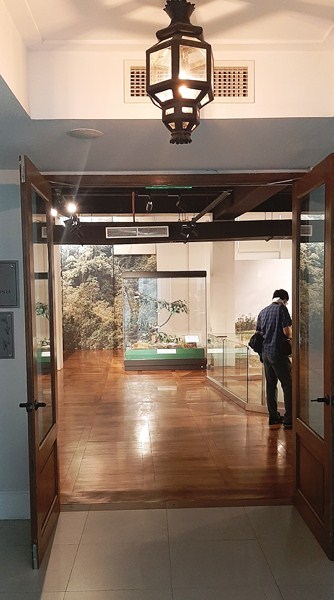
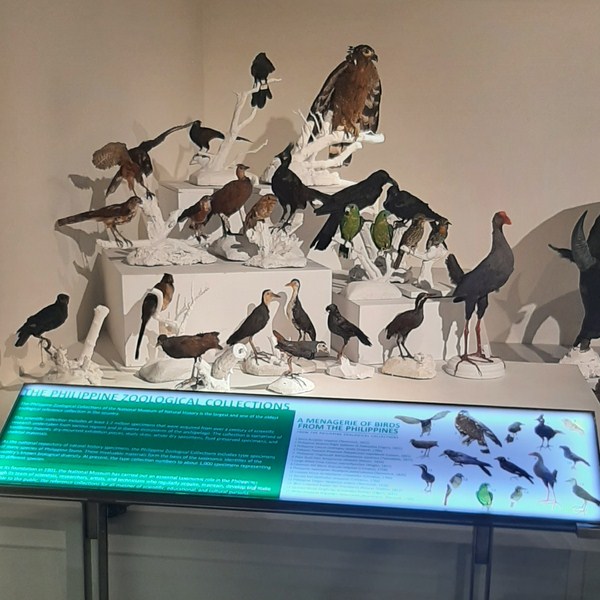

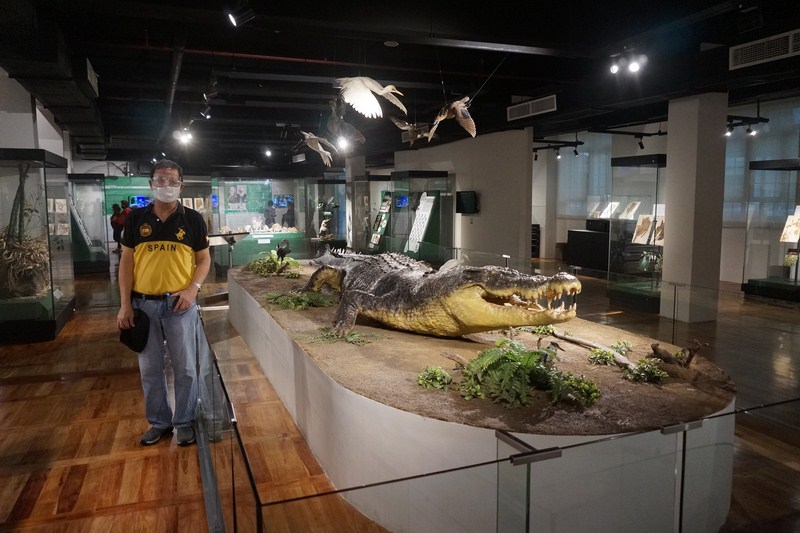


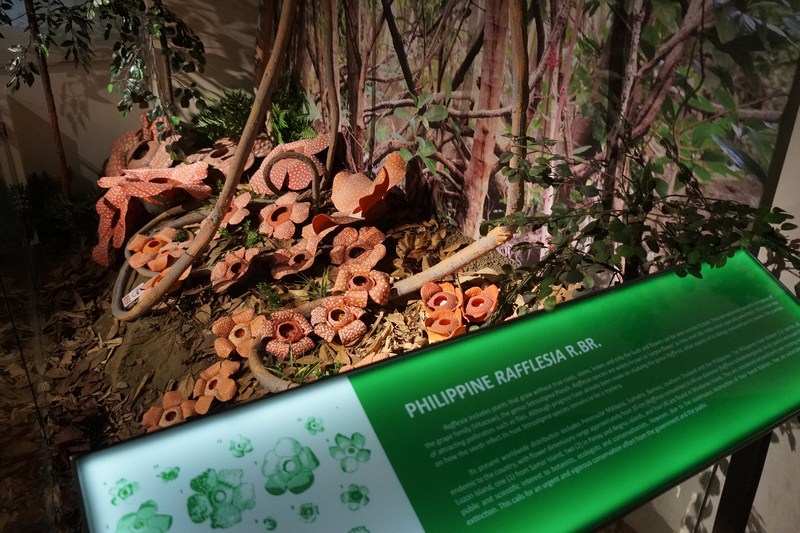
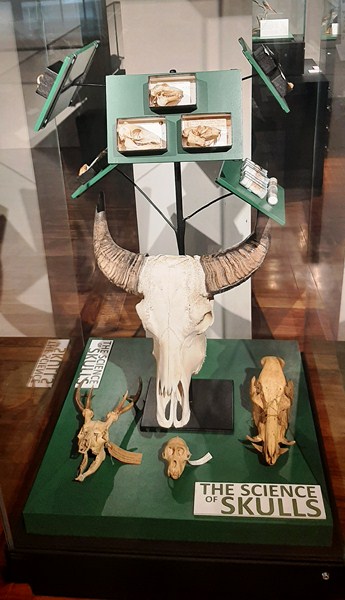
Hello benjielayug.com administrator, Your posts are always interesting.